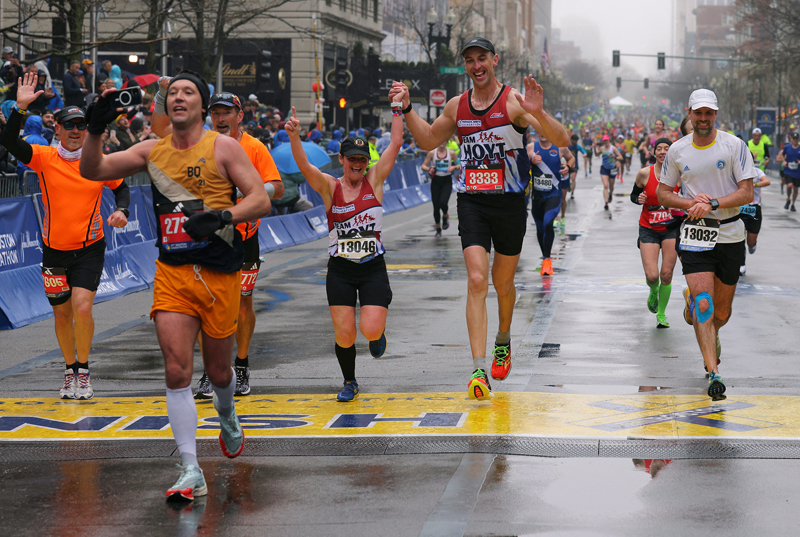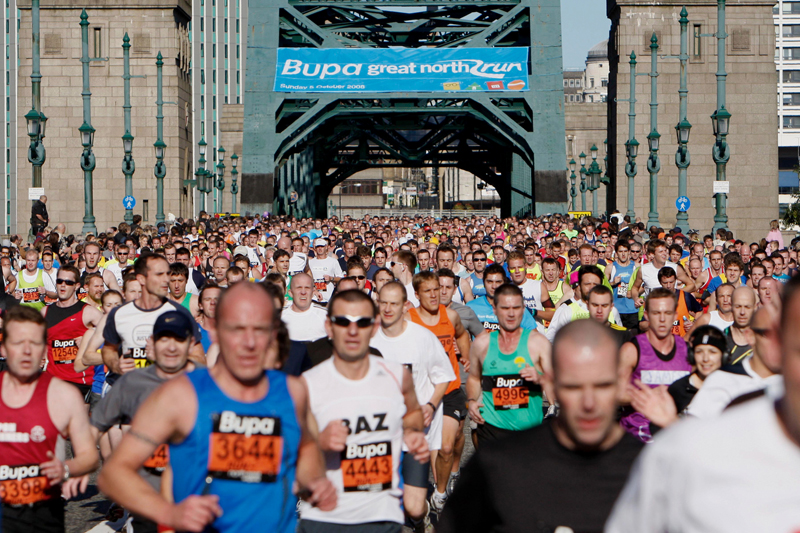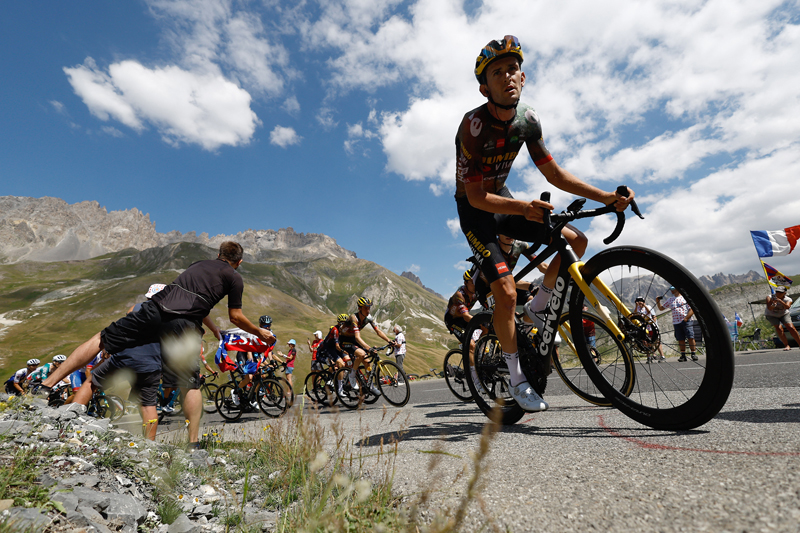Aerobic exercise: everything you need to know about Maximal Lactate Steady State Pace
An easy way for runners to estimate Maximal Lactate Steady State pace
MLSS is a very useful training variable. It is the pace or intensity that corresponds to no significant rise in blood lactate concentration over a long time period, specifically.Previous studies into MLSS pace have found that it is correlated to four different variables: a heart rate of 87% of maximum, a breathing rate of 32 breaths/min, a perceived exertion of 12 on the 15-point Borg scale and 10K race pace. For example, in trained athletes MLSS can range between 75% of maximum HR to 90% of max HR. With the aim of solving this problem, the present researchers hypothesised that the mean pace from all four predictor variables might result in a more accurate and reliable predictor of MLSS pace.
The results of the study were very good. The researchers took 12 trained runners and established the three different paces on a treadmill that were equivalent to 87% of max HR, 32 breaths/min and an RPE of 12/15. Combining these results with current 10K race pace they calculated a mean score of all four paces which they used as the predicted MLSS pace. They then tested this predicted MLSS using blood lactate sampling to validate whether it was an accurate estimate of MLSS. The mean-predicted MLSS pace was 249m/min, compared to the mean-validated MLSS of 253m/min, which is pretty close. In fact, the predicted score was no greater than 15m/min away from the validated score in any of the 12 subjects.
The results of this study suggest that any runner can estimate their MLSS pace WITHOUT using blood-lactate sampling, and then use this as a guide for training. To do this, you must first calculate accurately your maximum heart rate, and I recommend that you do this first, on a separate day. Start running on the treadmill, recording your heart rate, at a moderately hard pace, then every two minutes increase the pace until exhaustion. The heart rate at the end of the run will be your maximum. On the next test day, you can predict your MLSS pace. Run on the treadmill to calculate the three paces equivalent to 87% of max HR, 32 breaths/min and RPE 12/15. Spend about 5-10 minutes establishing each pace, taking rests in between. Then sum these paces plus your 10K pace and divide by 4 to give your predicted MLSS pace.
Interestingly, in this study 87% of max HR and 10K pace were too fast and breathing rate and RPE too slow, but together they produced an accurate prediction. In fact, the results from this study suggest that 85% of max HR and RPE = 13/15 would be the most accurate predictors. So you may want to try using the mean of those two paces alone as an even simpler way to predict MLSS, though bear in mind that this method hasn't yet been validated in a study.
Raphael Brandon
You need to be logged in to continue reading.
Please register for limited access or take a 30-day risk-free trial of Sports Performance Bulletin to experience the full benefits of a subscription. TAKE A RISK-FREE TRIAL
TAKE A RISK-FREE TRIAL
Newsletter Sign Up
Testimonials
Dr. Alexandra Fandetti-Robin, Back & Body Chiropractic
Elspeth Cowell MSCh DpodM SRCh HCPC reg
William Hunter, Nuffield Health
Newsletter Sign Up
Coaches Testimonials
Dr. Alexandra Fandetti-Robin, Back & Body Chiropractic
Elspeth Cowell MSCh DpodM SRCh HCPC reg
William Hunter, Nuffield Health
Keep up with latest sports science research and apply it to maximize performance
Today you have the chance to join a group of athletes, and sports coaches/trainers who all have something special in common...
They use the latest research to improve performance for themselves and their clients - both athletes and sports teams - with help from global specialists in the fields of sports science, sports medicine and sports psychology.
They do this by reading Sports Performance Bulletin, an easy-to-digest but serious-minded journal dedicated to high performance sports. SPB offers a wealth of information and insight into the latest research, in an easily-accessible and understood format, along with a wealth of practical recommendations.
*includes 3 coaching manuals
Get Inspired
All the latest techniques and approaches
Sports Performance Bulletin helps dedicated endurance athletes improve their performance. Sense-checking the latest sports science research, and sourcing evidence and case studies to support findings, Sports Performance Bulletin turns proven insights into easily digestible practical advice. Supporting athletes, coaches and professionals who wish to ensure their guidance and programmes are kept right up to date and based on credible science.









